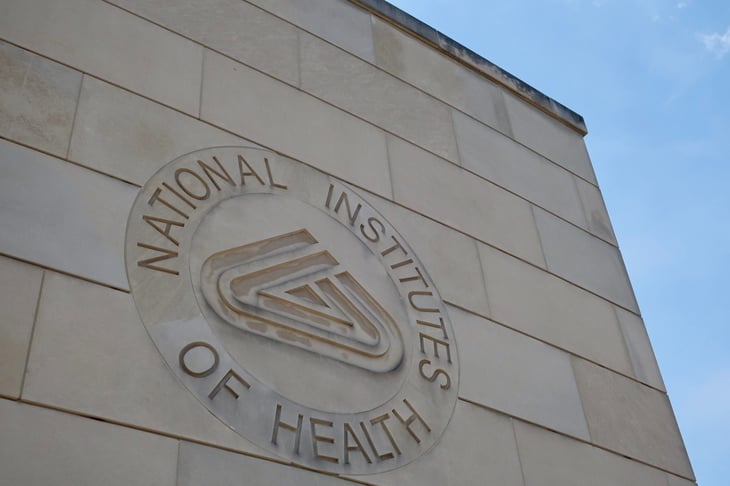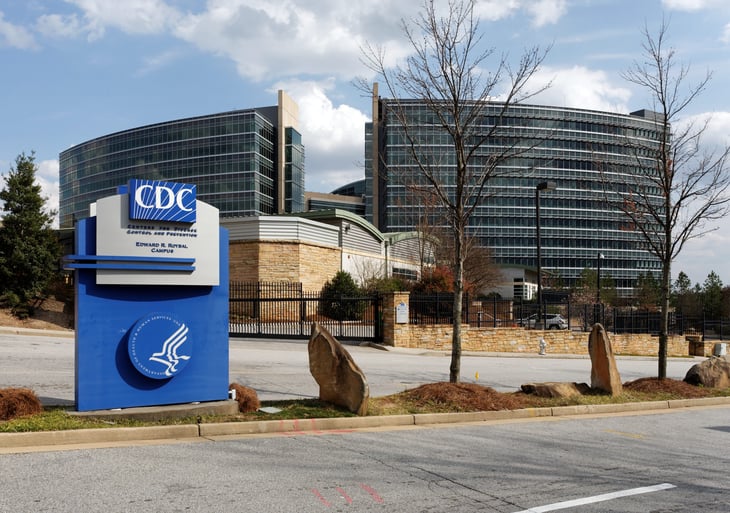
A whopping 30% of net spending by the federal government — $1.7 trillion — went toward health programs and services during the 2023 fiscal year, according to a recent report from the Kaiser Family Foundation.
Millions of Americans from all walks of life benefit from these programs. Spending related to government health care efforts can be one of two types:
- Mandatory, which is not subject to annual appropriations votes by Congress
- Discretionary, which is formally approved by Congress and the president during the appropriations process each year
Following are the health programs and services that account for the largest slices of federal health spending.
Medicare

Annual federal spending on this health program or service: $821.5 billion in mandatory spending and $8.4 billion in discretionary spending
Type of federal spending: Both
Medicare is the U.S. federal health insurance program for people who are 65 or older. Others eligible for the program include some younger people with disabilities and patients with end-stage renal disease.
Medicaid

Annual federal spending on this health program or service: $607.7 billion
Type of federal spending: Mandatory
Medicaid offers health coverage to several types of low-income Americans, including:
- Adults
- Children
- Pregnant women
- Elderly adults
- People with disabilities
The individual states administer the program and must follow federal rules. Funding comes from both the federal government and the states.
Children’s Health Insurance Program (CHIP)

Annual federal spending on this health program or service: $17.7 billion
Type of federal spending: Mandatory
The Children’s Health Insurance Program provides medical coverage for children in families that are relatively low income but that make too much money to qualify for Medicaid.
CHIP coverage typically is available through the age of 18. In some states, CHIP also provides coverage to pregnant women.
ACA premium tax credits

Annual federal spending on this health program or service: $80.1 billion
Type of federal spending: Mandatory
Officially known as the premium tax credit, this tax break helps individuals and families afford health insurance when they purchase coverage through the government’s health insurance marketplace.
Veterans’ hospital and medical care

Annual federal spending on this health program or service: $9.5 billion in mandatory spending and $117.4 billion in discretionary spending
Type of federal spending: Both
Veterans may be eligible for Department of Veterans Affairs health care benefits if they served in active military, naval or air service and were not dishonorably discharged.
Most — although not all — veterans are eligible only if they served for 24 continuous months or the full time for which they were called to active duty. Those who apply for benefits are assigned a priority group which affects when they can get coverage and how much they’ll have to pay for care. Those with service-connected disabilities and Medal of Honor recipients are placed in the highest priority group.
Public Health and Social Services Emergency Fund

Annual federal spending on this health program or service: $12.2 billion
Type of federal spending: Discretionary
The Public Health and Social Services Emergency Fund is a resource that the U.S. Department of Health and Human Services uses to distribute grants and other money to eligible health care providers for medical expenses or lost revenues linked to the COVID-19 pandemic.
This fund is used to cover costs for things such as:
- Personal protective equipment
- Increased surge capacity
- Additional health care providers
- Lost revenue
National Institutes of Health (NIH)

Annual federal spending on this health program or service: $43.2 billion
Type of federal spending: Discretionary
The National Institutes for Health is charged with spearheading the federal government’s efforts to conduct and support medical research.
The NIH began in 1887 as a one-room facility and now is one of the top medical research centers in the world.
Centers for Disease Control and Prevention (CDC)

Annual federal spending on this health program or service: $1 million in mandatory spending and $9.2 billion in discretionary spending
Type of federal spending: Both
The Centers for Disease Control and Prevention — or CDC — is the nation’s top organization for protecting the health of people in the U.S.
As with the NIH, the CDC’s origins were humble. It began as the Communicable Disease Center in 1946 and occupied one floor of a small building in Atlanta.
Other discretionary spending

Other discretionary spending on federal health care programs includes:
- Global health programs and services: $8.4 billion
- Substance Abuse and Mental Health Services Administration (SAMHSA), a division of the U.S. Department of Health and Human Services: $8 billion
- Indian Health Service (IHS), a division of the Department of Health: $7.1 billion
- Food and Drug Administration (FDA): $3.8 billion
